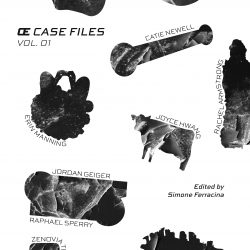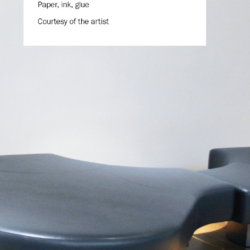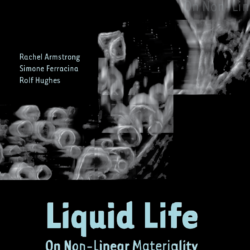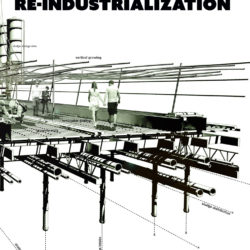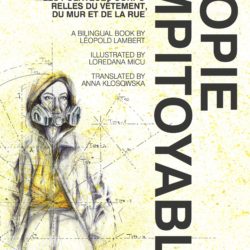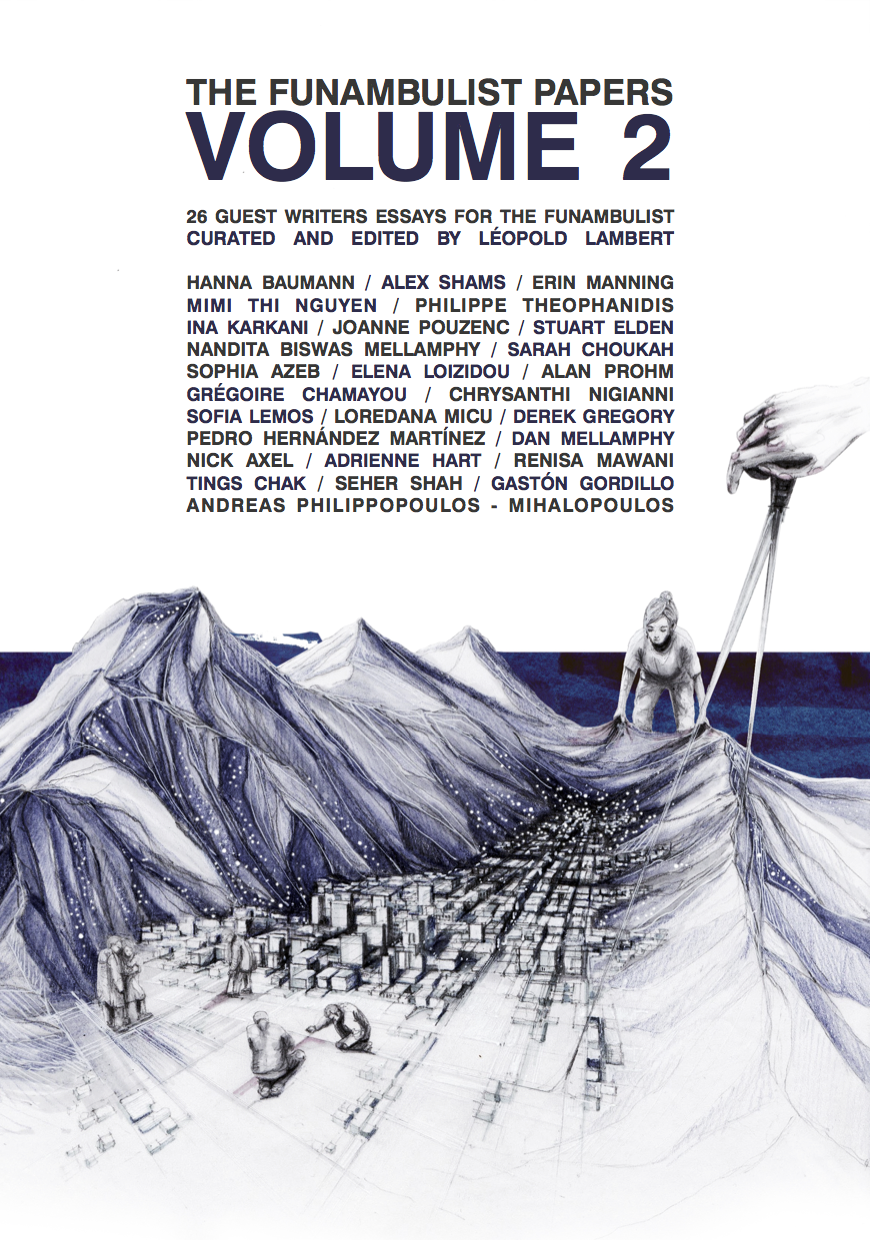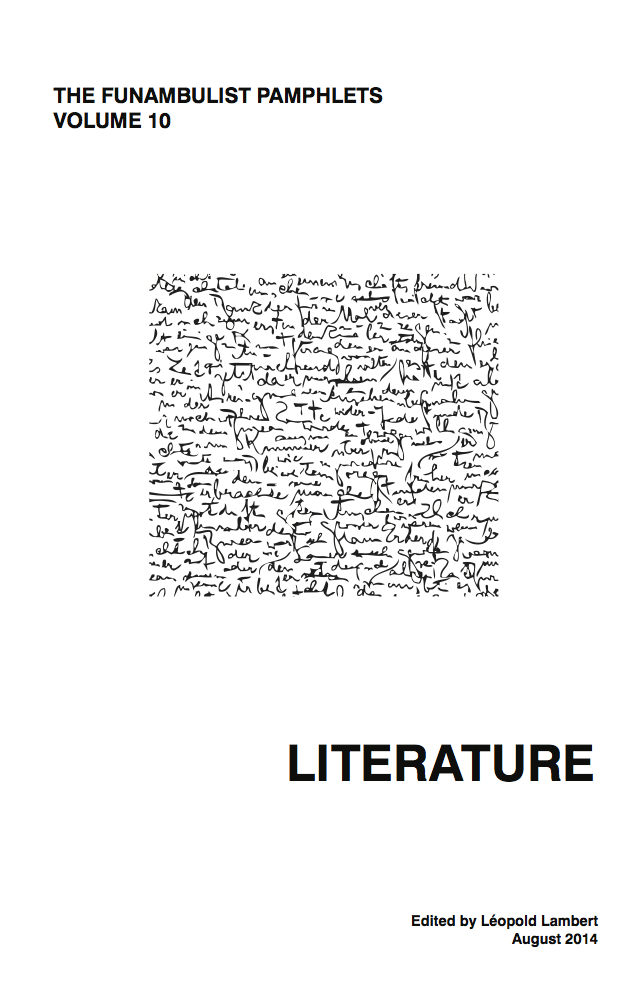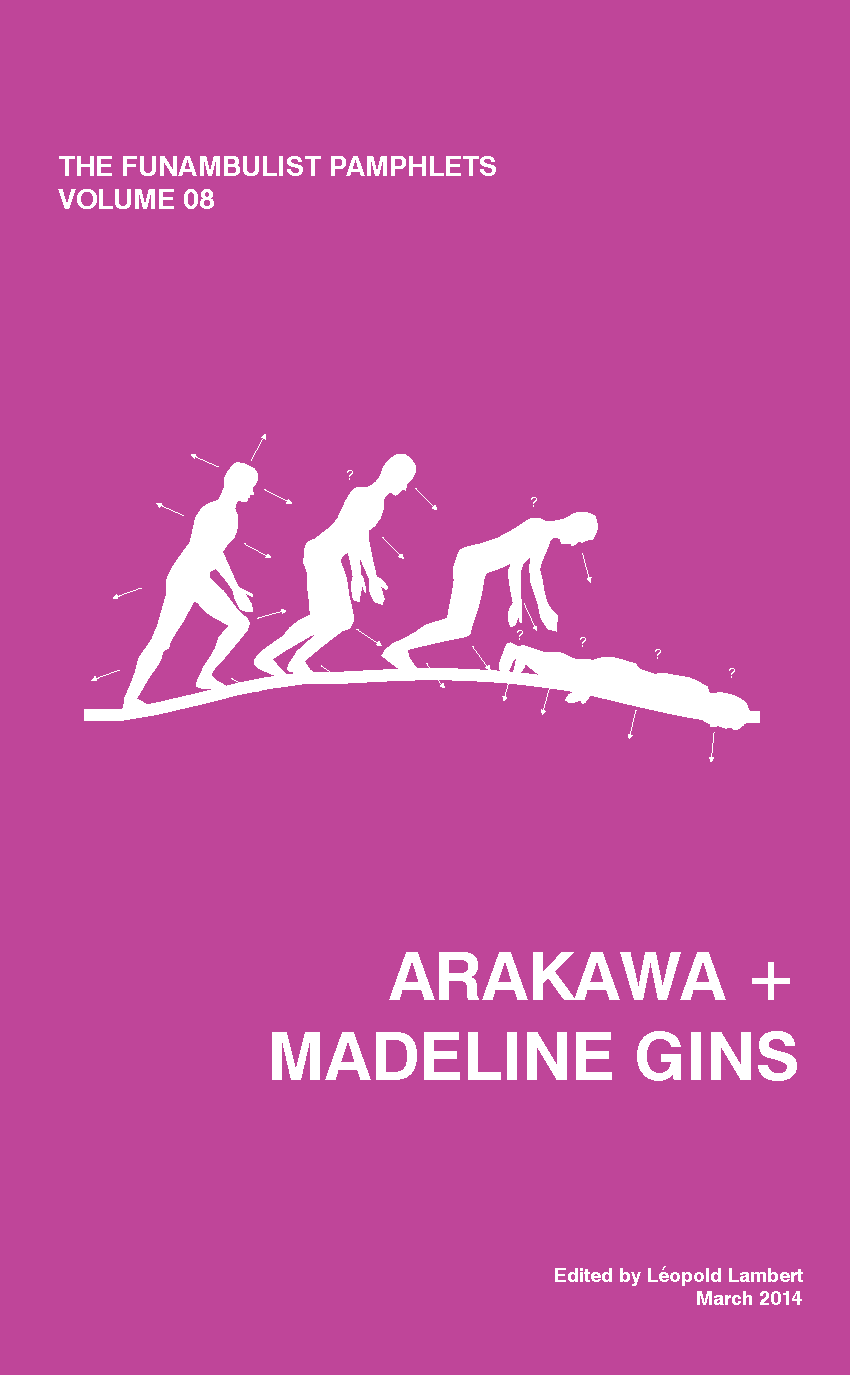ΠCase Files, Vol. 01
Published: 05/13/2021
Over the past ten years, Organs Everywhere (Œ) has promoted conversations that approach architectural design from the edges of the discipline — testing its boundaries, technologies, methods and (e)valuation systems, and keeping them unstable. It has valued transdisciplinary, speculative and irreverent explorations over strict publishing formats and academic purity, promoting a profanatory and open-ended ethos.[…]

